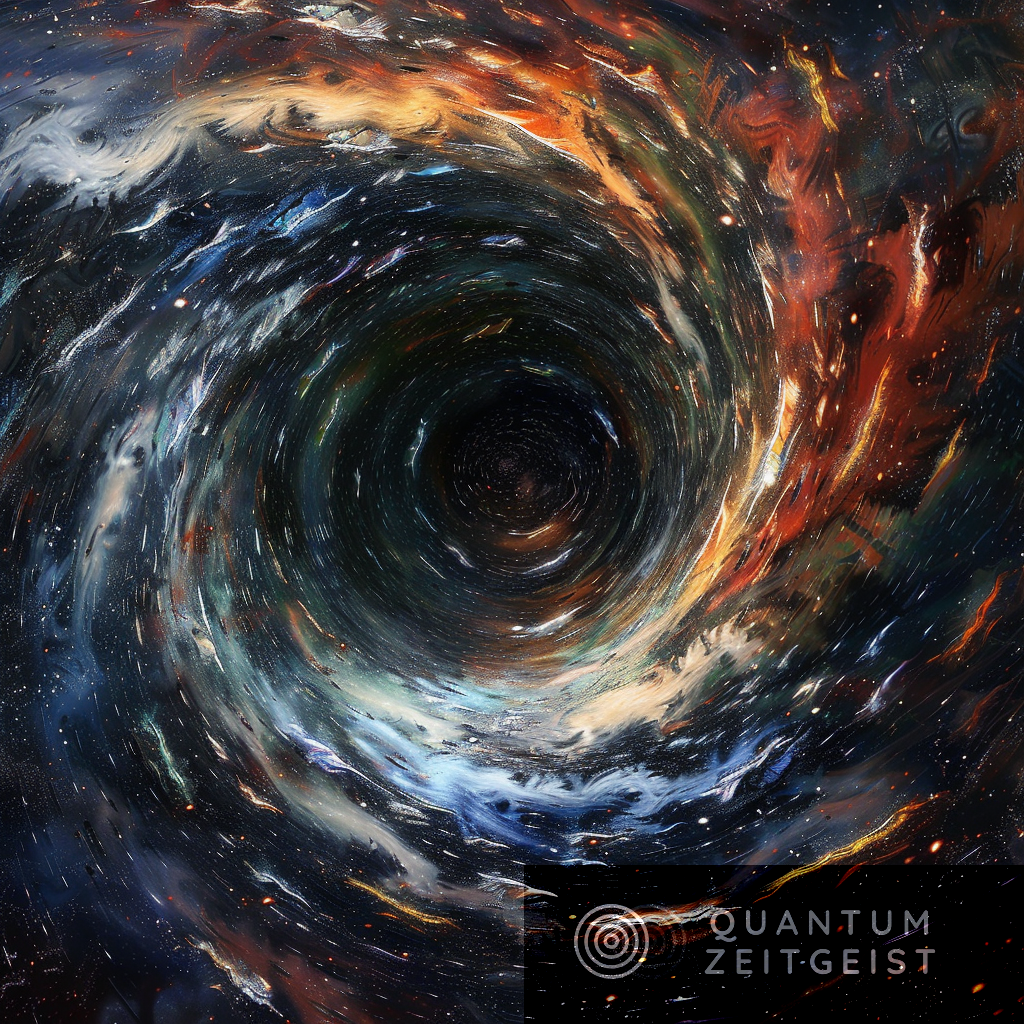Rice University theorist Peter Wolynes and collaborators at the University of Illinois Urbana-Champaign have discovered that molecules can scramble quantum information as effectively as black holes. Using mathematical tools from black hole physics and chemical physics, they found that quantum information scrambling occurs in chemical reactions, reaching nearly the same quantum mechanical limit as in black holes.
This research could have practical applications in quantum computing, light-driven reactions, and advanced materials design. The study was published in the Proceedings of the National Academy of Sciences.
Quantum Information Scrambling in Chemical Reactions
A recent study by Rice University theorist Peter Wolynes and collaborators at the University of Illinois Urbana-Champaign has revealed that molecules can scramble quantum information as effectively as black holes. This research, which combines mathematical tools from black hole physics and chemical physics, demonstrates that quantum information scrambling occurs in chemical reactions and can nearly reach the same quantum mechanical limit as it does in black holes. The findings have been published online in the Proceedings of the National Academy of Sciences.
The study addresses a long-standing problem in chemical physics, which is how fast quantum information gets scrambled in molecules. From a quantum mechanical perspective, even a small molecule is a complex system with a vast number of possible styles of motion, or quantum states. When a chemical reaction occurs, quantum information about the quantum states of the reactants becomes scrambled, affecting the reaction rate.
Out-of-Time-Order Correlators (OTOCs) in Quantum Information Scrambling
To better understand how quantum information is scrambled in chemical reactions, the scientists used a mathematical tool typically used in black hole physics known as out-of-time-order correlators (OTOCs). OTOCs measure how much tweaking one part of a quantum system at some instant in time will affect the motions of the other parts, providing insight into how quickly and effectively information can spread throughout the molecule. They are the quantum analog of Lyapunov exponents, which measure unpredictability in classical chaotic systems.
Understanding under what circumstances molecules scramble information and under what circumstances they don’t potentially gives us a handle on actually being able to control the reactions better. Knowing OTOCs basically allows us to set limits on when this information is really disappearing out of our control and conversely when we could still harness it to have controlled outcomes.
Quantum Tunneling and Information Scrambling
In classical mechanics, a particle must have enough energy to overcome an energy barrier for a reaction to occur. However, in quantum mechanics, there’s the possibility that particles can “tunnel” through this barrier even if they don’t possess sufficient energy. The calculation of OTOCs showed that chemical reactions with a low activation energy at low temperatures where tunneling dominates can scramble information at nearly the quantum limit, like a black hole.
The Role of Large Environments in Quantum Information Scrambling
Nancy Makri, a chemist at Illinois Urbana-Champaign, used path integral methods she has developed to study what happens when the simple chemical reaction model is embedded in a larger system, which could be a large molecule’s own vibrations or a solvent, and tends to suppress chaotic motion. In a separate study, they found that large environments tend to make things more regular and suppress the effects that we’re talking about. So they calculated the OTOC for a tunneling system interacting with a large environment, and what they saw was that the scrambling was quenched, a big change in the behavior.
Practical Applications of Quantum Information Scrambling Research
The research findings have practical applications in placing limits on how tunneling systems can be used to build qubits for quantum computers. One needs to minimize information scrambling between interacting tunneling systems to improve the reliability of quantum computers. The research could also be relevant for light-driven reactions and advanced materials design. There’s potential for extending these ideas to processes where you wouldn’t just be tunneling in one particular reaction, but where you’d have multiple tunneling steps, because that’s what’s involved in, for example, electron conduction in a lot of the new soft quantum materials like perovskites that are being used to make solar cells and things like that.
External Link: Click Here For More

